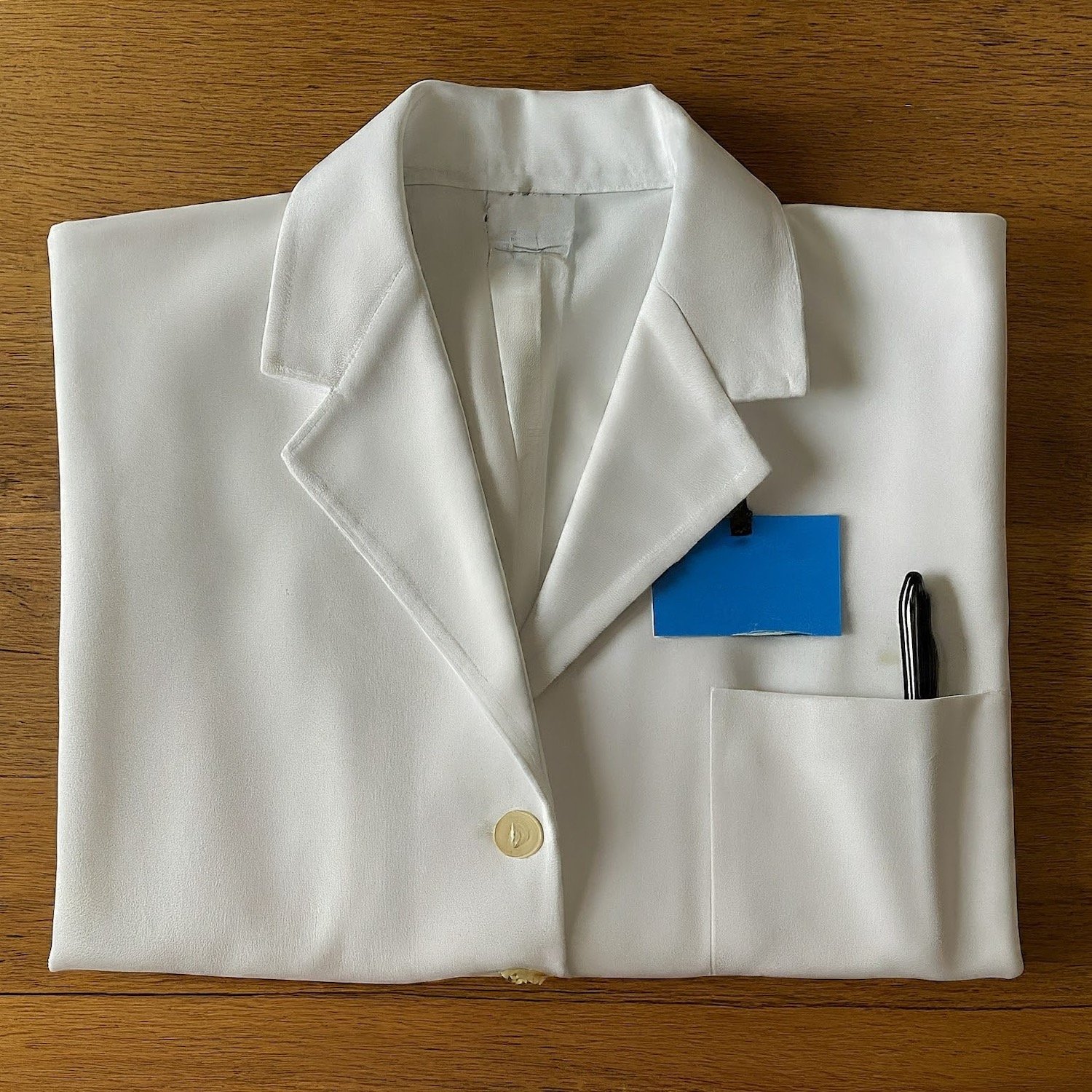There are a lot of skills you will learn and acquire throughout the duration of your surgery rotation. Below, you’ll find a few tips on how to get started. Explore the webpage to learn more on how to succeed with skills, especially Suture 101 to learn more about suturing and tying knots.
Presentations
- Know your patient. Knowing your patients well is the best preparation for a presentation. If you pre-round on patients, it’s good practice for you to get better at taking a history, physical exam, and conveying their needs to your team.
- Keep presentations short, with pertinent positive and negative findings.
- Consider practicing presentations out loud at home if you struggle with flow or forgetting sections of the presentation.
Suturing
- Suture pad: lots of different options on Amazon
- Car sponge: use to sew, practice using needle driver and picking up the needle, and cut a piece off to practice tying knots against resistance
- Suturing techniques to know
- Simple interrupted
- Subcuticular interrupted
- Subcuticular running
- Horizontal mattress
- Vertical mattress
Knots
- Car sponge: cut off a piece to practice tying square knots against resistance
- Instrument tie
- One handed tie
- Two handed tie
Resources
- American College of Surgeons (ACS)
- Seminars: recordings that cover information for foundations of surgery across multiple topics
- Simulation-Based Surgical Curriculum: videos on how to complete surgery-related tasks
- Surgery FAQs: answers commonly asked questions
- Surgical Wound: for patients, but establishes a good foundation of knowledge
